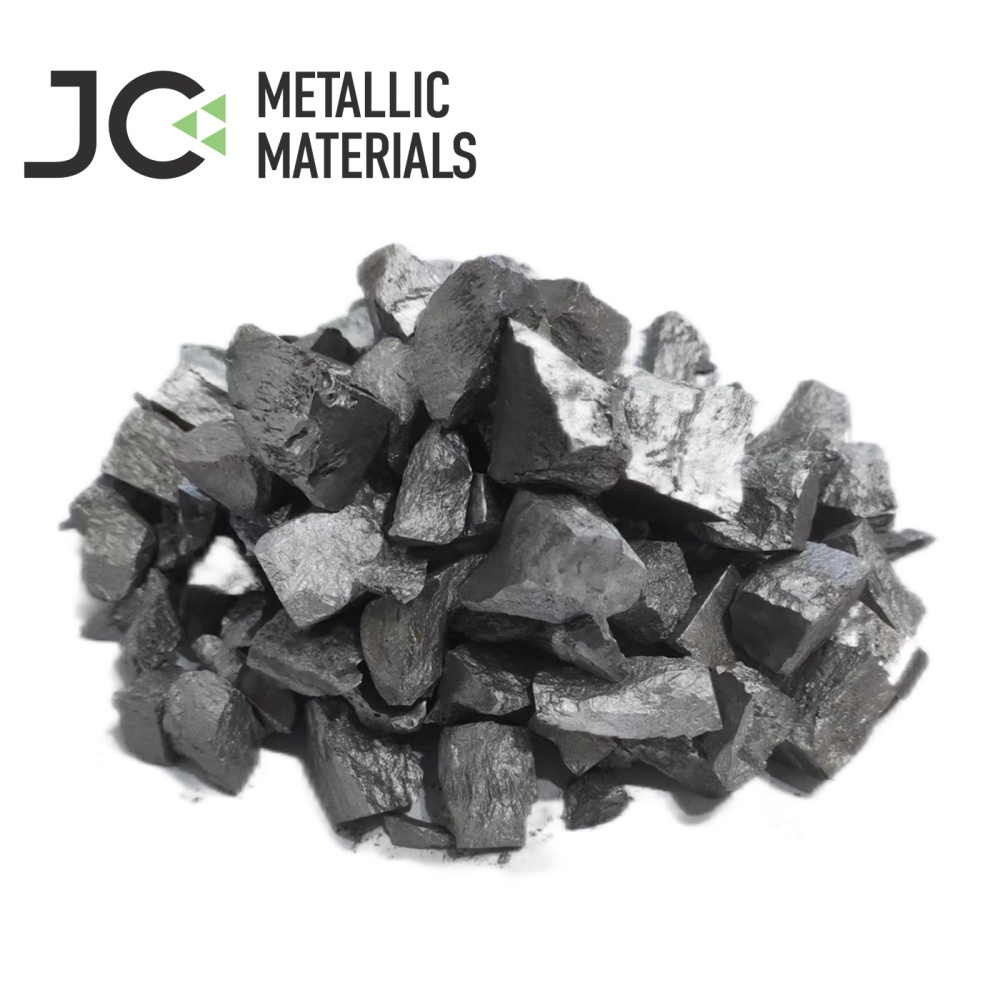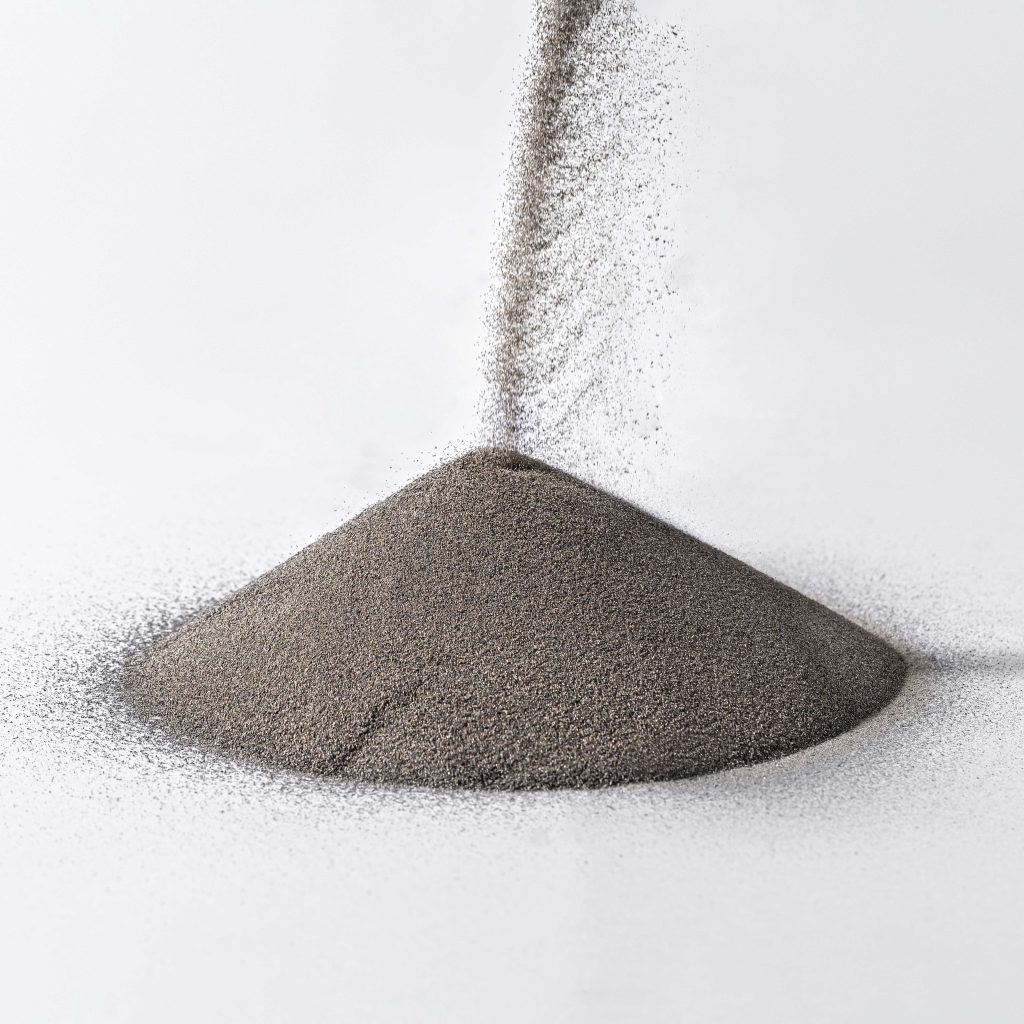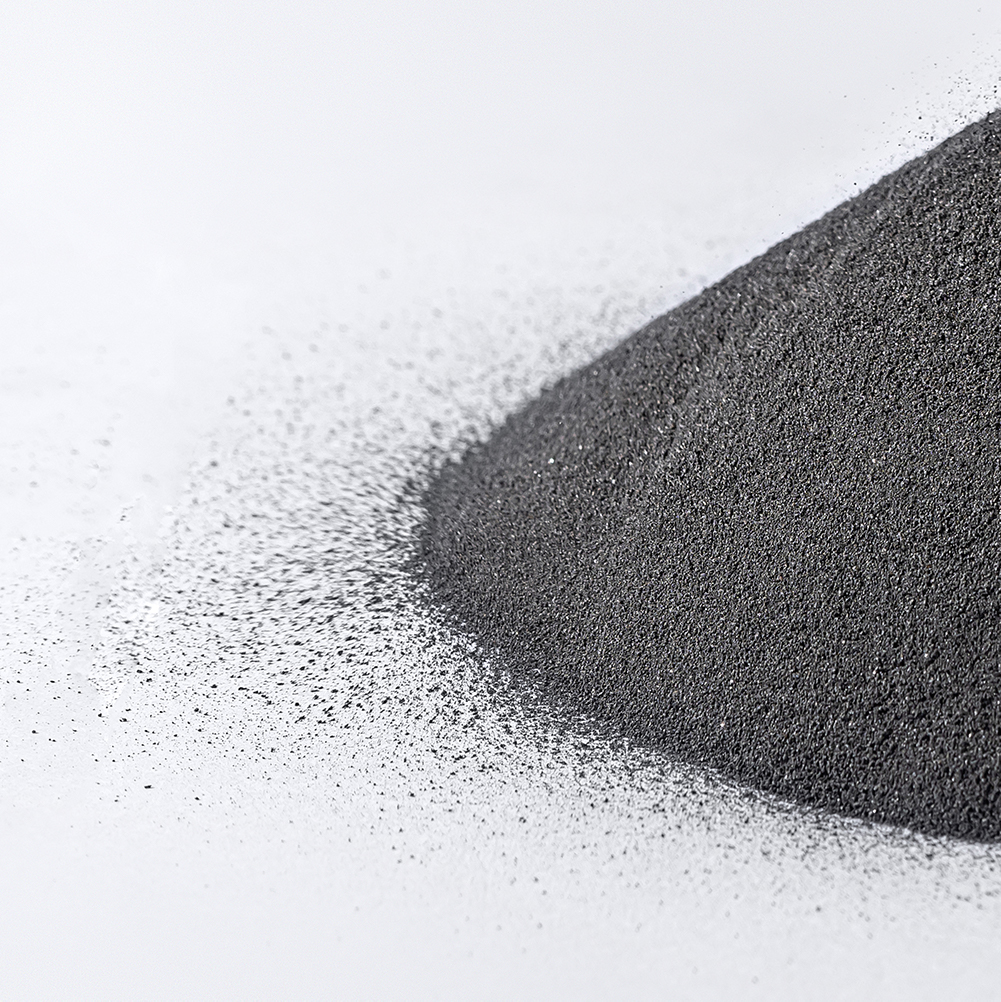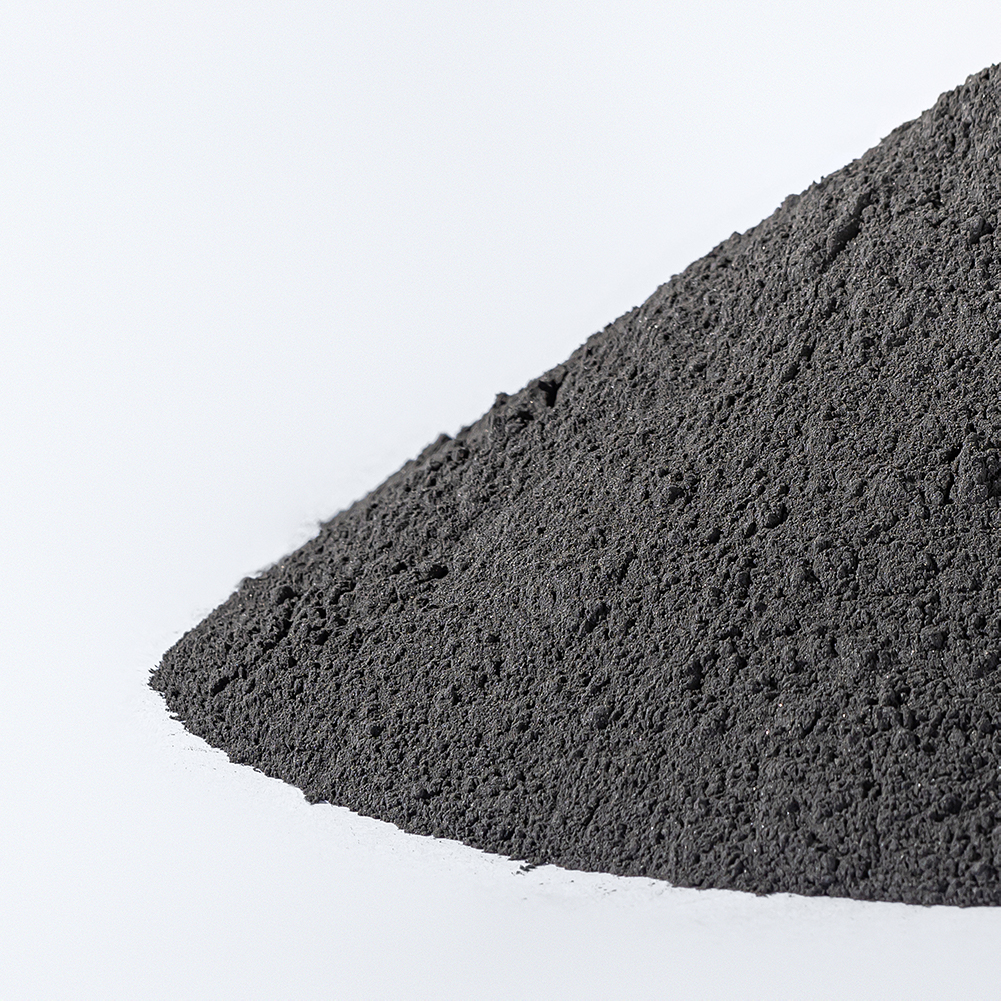
The Complete Guide to Bronze Powder: Applications, Types, and Benefits
Bronze powder is one of the most versatile metallic powders used across decorative, industrial, and metallurgical applications. It is gaining in popularity as industries shift to high-performance materials. Its ability to provide strength, corrosion resistance and conductivity has attracted the attention of global industries. At Chengdu Jinchun Metallic Materials, we specialize in the production and export of high-purity metallic powders. Our company also offer different types of metallic powder. It includes titanium powder, cobalt powder, and nickel powder. With years of experience in metallic materials manufacturing, our mission is to help industrial buyers source the most reliable and consistent products for their production needs.
In this comprehensive guide, we will examine the various applications, types, and benefits of bronze powder. Additionally, we will provide importers and engineers with practical insights. Our team will help how you can select the appropriate grade for their projects according to their specific needs.
Bronze Powder: What It Is?
Bronze powder is a metallic powder. It is made with the help of copper, tin and zinc. It can be blended with other elements or small amounts to change its look and performance. The result is a metallic powder with a gold tone. That’s why it is known for its durability and conductivity.
Composition and Structure
Bronze element can be produced with the help of several methods. We will discuss one by one. Usually, it contain several things:
- Copper (Cu): 80–90%
- Tin (Sn):5–15%
- Zinc (Zn): 0–5% (optional for tone adjustment)
The ratio of copper and tin can be changed to produce variations such as rich gold tones or pale gold bronze shades. Higher copper content results in a darker bronze color and increased zinc or tin produces a lighter golden hue.
(A) Atomization Method
The molten bronze alloy is atomized using high-pressure water or gas to produce spherical particles. This ensures a uniform size and shape. Therefore, it is is ideal for coatings and high-quality metallurgy.
(B) Mechanical Milling
Bronze flakes can be produced by grinding bronze in ball mills using lubricants. The result are flat and reflective particles that can be used in paints and inks as well as decorative coatings.
(C) Chemical Reduction or Vacuum Melting
Useful for the production of high-purity powders that have a precise composition control and minimal oxidation.
Physical and Chemical Properties
- Particle size:It can vary from 1 um up to 100 um depending on the grade.
- Morphology: Available both in spherical or flake form.
- Color Appearance:Ranging from reddish gold to light gold depending on composition.
- Electrical Conductivity:High copper content makes for a good conductor.
- Corrosion Resistance:Even in humid conditions, corrosion resistance is excellent.
- Thermal conductivity:Effective in heat transfer applications.
Types and Grades of Bronze Powder
Bronze metal comes in many types and grades. Each is designed for a specific application. These variations can be classified by their composition, particle size and surface treatment.
(A) Classification by Alloy Composition
Bronze metal color and resistance to oxidation are heavily dependent on the ratio between copper and tin. High-copper bronze has a reddish tone. On the other side, tin increases the chemical stability and lightens it.
| Typ | Composition (Cu/Sn/Zn) | Color Shade | Typical Application |
| Rich Gold | 90/10/0 | Deep gold tone | Printing inks, luxury coatings |
| Pale Gold | 85/10/5 | Light golden tone | Decorative paints, packaging |
| Standard Bronze | 88/12/0 | Bronze-brown | Powder metallurgy, resin casting |
| Stabilized Bronze | 85/10/5 + additives | Stable metallic tone | Outdoor paints, long-shelf-life uses |
(B) Classification by Particle Size and Morphology
Fine grades are good for printing inks or thin-film coatings because they produce a smoother finish and a higher lustre than coarse grades. The coarser grades are more suitable for metallurgical uses that demand strength and wear resistance.
| Typ | Particle Form | Size Range | Best For |
| Fine Bronze Powder | Flake | 1–10 µm | Inks, coatings, printing |
| Medium Bronze Powder | Flake/Spherical | 10–45 µm | Decorative paints, plastics |
| Coarse Bronze Powder | Spherical | 45–100 µm | Powder metallurgy, friction materials |
(C) Classification by Functional Grade
Importers and producers should carefully choose the grade that best suits their needs. For example, the decorative industry prioritizes color tone and luster. On the other side, metallurgical buyers are more concerned with purity and performance consistency.
| Grade | Description | Anmeldung |
| Standard Grade | Economical and widely available | General decorative coatings, inks |
| Specialty Grade | Surface-treated for oxidation resistance | Outdoor or long-term applications |
| High-Purity Grade | Produced via vacuum melting | Electronic and conductive uses |
Main Key Applications of Bronze Powder
Due to its exceptional thermal stability, resistance to corrosion, and metallic sheen, bronze metal finds extensive use in a wide variety of industrial, decorative, and technical applications. Here are the key areas where bronze element is commonly used.
1: Powder Metallurgy
Powder metallurgy is used to make parts like bushings and bearings. It can also be used to create filters and gears. It is ideal for mechanical parts that require precision and durability. It has excellent wear resistance and strength.
2: Metallic Coatings & Paints
Bronze metal is an important ingredient in metallic paints, coatings and lacquers. This finish is commonly used on furniture, decorative surfaces, and machinery.
3: Printing and decorative Inks
Bronze element is used in the printing industry to create metallic inks that are used for labels, packaging, textiles and greeting cards. Reflective properties give it a luxurious metallic shine, which is popular for high-end branding.
4: Cold Casting Resin Art
Bronze metal can be used to create the appearance of solid bronze casting when mixed with epoxy resins or polyester resins. It is ideal for creating architectural ornaments, sculptures, trophies and statues while maintaining their metallic authenticity.
5: Conductive and Electrical Materials
Bronze element is electrically and thermally conductible due to its high copper content. It is used to make conductive adhesives and EMI shielding coats. Electronic components that require stable electrical performance are also made with it.
Benefits of Bronze Powder
Bronze metal is a popular substance among both producers and consumers due to its many practical, monetary, and aesthetic benefits.
1: High Wear and Corrosion Resistance
Bronze metal forms an oxide layer with the help of copper and tin alloy. So, it prevents from rusting and tarnishing. So, it is ideal for outdoor and humid environments. On the contrary, other metals quickly degrade.
2: Excellent Conductivity
Bronze is a good choice for heat-dissipating, conductive adhesives and conductive coatings. It also has a high thermal conductivity. It is a popular choice for the electrical, automotive and thermal management industries.
3: Superior Aesthetic Appeal
Bronze powder’s natural metallic luster produces luxurious gold and copper finishes. This gives products a premium look without the use of expensive solid bronze. The color depth of the powder can be altered by changing the copper to tin ratio.
4: Alternative Cost-Effective Option to the Solid Bronze
Bronze powder can reduce material costs, energy consumption and machining times. It can be used to achieve the same look and performance as bronze for a fraction the price. This is ideal for large-scale industrial or decorative production.
5: Versatility across applications
Bronze powder is one of the few metallic powders that can be used for mechanical, artistic, or decorative purposes. It adapts well to a variety of manufacturing techniques, including coating, sintering and mixing.
6: Oxidation stability (in special grade)
The surface treatment of modern stabilized bronze powders prevents oxidation. This ensures long-term color stability and performance stability while transporting and storing.
Final Thoughts
Bronze powder is a cost-effective and versatile metallic material that can be used for a variety of applications. It is important for importers and producers to choose the right bronze metal powder provider in order to maintain consistent quality and reliability. Chengdu Jinchun Metallic Materials Co. Ltd. is a leading manufacturer of bronze metal powder in China.
If you are looking for a reliable producer to supply engineering applications or premium surfaces, Jinchun Metallic Materials can provide superior quality. Our technical support team will ensure your business’s long-term success.







